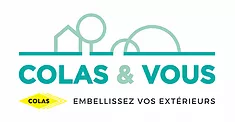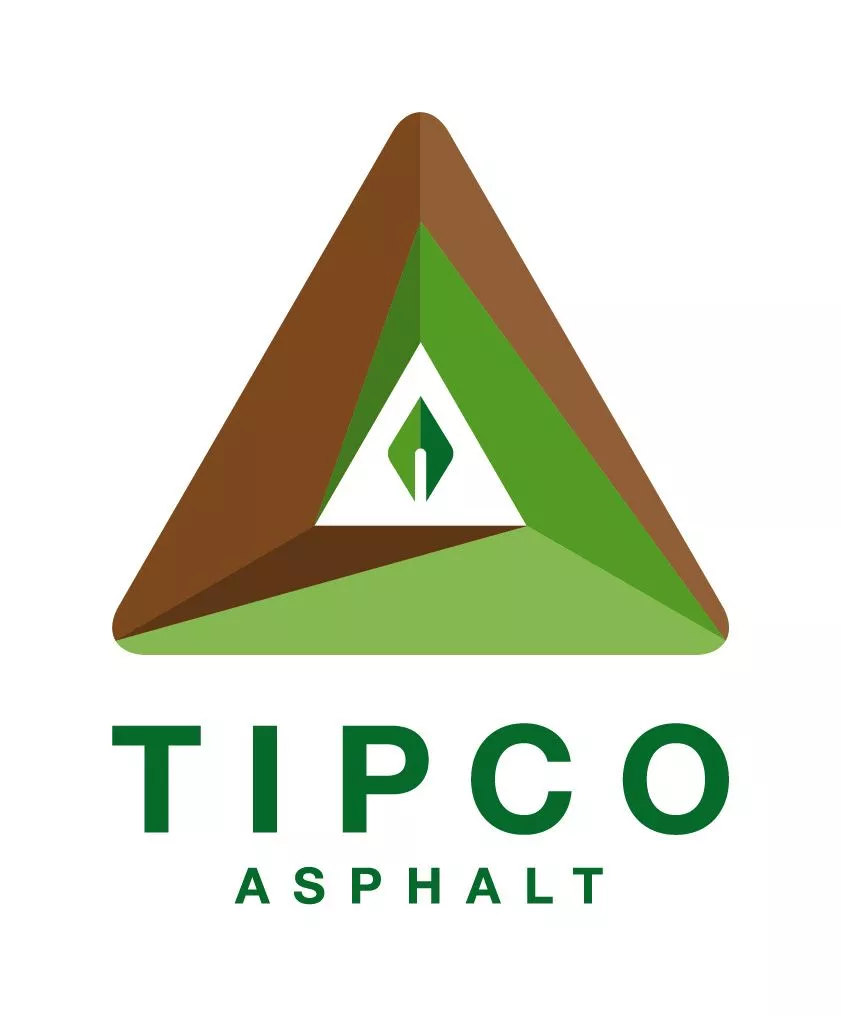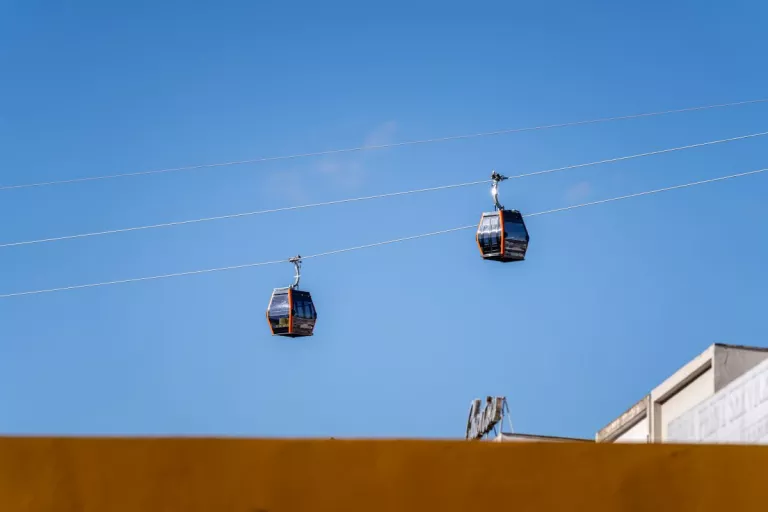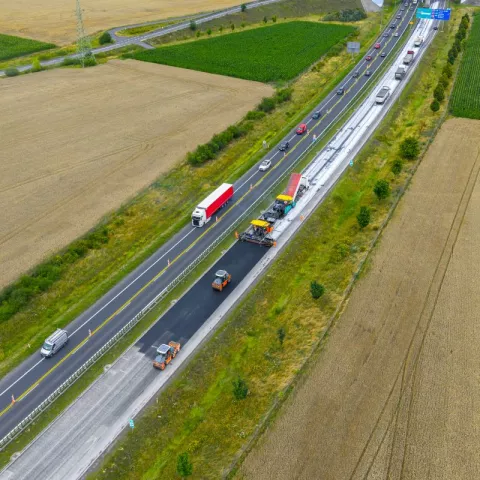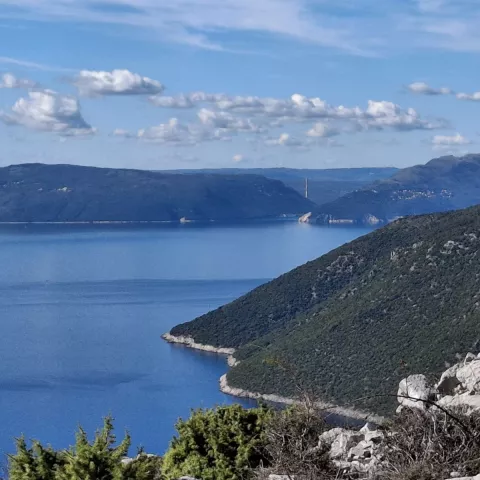Antananarivo Takes to the Air: Cable Car Transport to Reinvent Urban Mobility
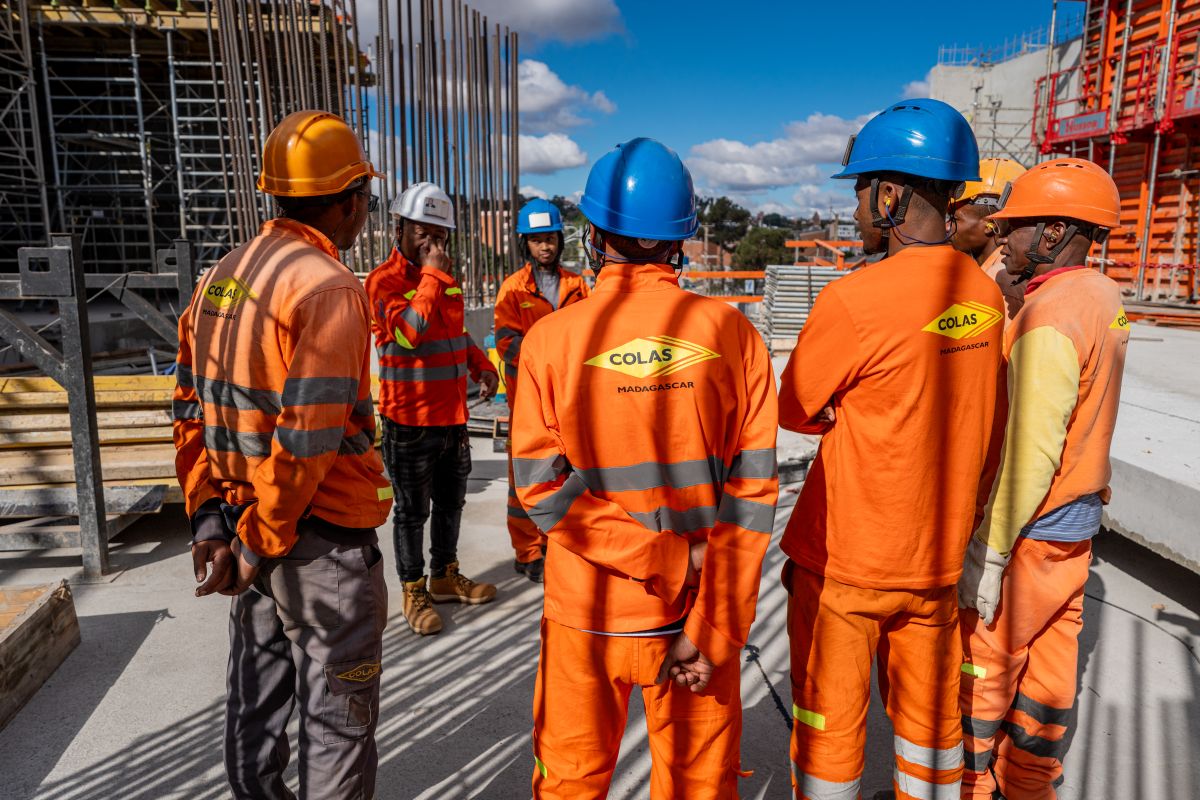
In Antananarivo, a densely packed capital city prone to chronic traffic congestion, a major transformation is underway. Led by the Colas–POMA consortium, Madagascar’s first cable transport project aims to decongest the city, offering a fast, sustainable, and inclusive solution.
An Overhead Line to Make Travel More Fluid
In a large city marked by rugged terrain and dense urbanization, cable transport is an agile alternative to heavy infrastructure, capable of overcoming topographical constraints with a limited impact on the ground.
The first cable car line, running over a distance of 8.7 km, will connect several of the capital’s strategic districts, high above its most congested roads. It will have an estimated capacity of 40,000 passengers per day.
The solution offers a number of advantages:
- Time savings for users,
- Preservation of the urban and natural environment,
- Improved quality of life for the city’s residents.
A Focus on Local Mobilization
The project relies on a predominantly local workforce: more than 450 Colas employees are involved on-site in periods of peak activity. This large-scale project leverages skills in a variety of fields:
- Civil engineering (pylons and operation),
- Building construction (stations),
- Diversion of existing networks,
- Restoration of the urban environment,
- Assembly and lifting of the mechanical lift system.
In addition to the technical innovation involved, the project is also a lever for training, know-how transfer, and local development.
A Lower Carbon Transport Solution for the Cities of the Future
Quiet, all-electric, with a reduced land footprint, cable transport represents an ideal lower carbon mobility solution for fast-growing cities.
This project fits squarely with Colas’ and POMA’s commitment to offering sustainable alternatives to traditional networks, solutions adapted to communities with limited space, and projects with high environmental and social added value.




